Mounting inequality-led global crisis: Time to consider wealth tax
- Dignity Post
- 30-07-2023 02:06

The income and wealth inequality-led crisis is one of the biggest challenges of our time. As per the Global Inequality Report 2022, while the bottom 50 percent of the global population owns just 2 percent of wealth and 8 percent of income, the top 10 percent of the population owns 76 percent of total household wealth and captures 52 percent of total income. In recent years this has increased further. Oxfam Report 2022 reveals that one person dies every four seconds due to a colossal rise in inequality-led vulnerabilities in society.
Most of the studies have clearly identified the underlying factors that have contributed to such an unprecedented rise in inequality in human history.
The foremost perpetrator is stated to be the neo-liberalism-led economic paradigm and its postulations, where the state and political and economic systems stay neutral, providing equal opportunities to the rich and deprived alike.
It further presumes that such a paradigm-led higher growth through a trickle-down effect ensures benefits to all. On such grounds, the entire focus has been on promoting the investment of the rich through whatever means.
As such, a very regressive tax system with multiple benefits through tax rebates has been pushed and strengthened throughout the globe, the principal means for the marked increase in inequality.
Furthermore, many loopholes kept in the tax laws have encouraged enormous malpractices, contributing to halting development and fueling inequality.
The Tax Justice Report of 2021 indicates that tax revenue loss each year due to global tax abuse is about US$ 483 billion. It further reveals that the loss due to tax evasion and tax avoidance amounts to a minimum of US$ 100 billion annually. It adds that misinvoicing in trade leads to a loss of US$ 800 billion annually for developing countries alone. Protracted financial secrecy has been a common feature of offshore finance and tax abuse and is, thus, facilitating malpractices strikingly.
The climate crisis, which is increasingly posing a threat to human survival, is principally the outcome of neo-liberalism-led growth mania. The climate crisis has additionally been the causal factor of widening inequality. Now dangerously, the transformative technological changes brought about by the Fourth Industrial Revolution together with an increased monopoly of a few IT-based companies grabbing huge profits added by the displacement of low-skilled workers by high-skilled workers and replacement of labor by capital with automation have been a catalyst to the phenomenal rise in inequality in recent years.
Now, after the challenges posed by stagflation and compounded by the deepening debt crisis in the post-COVID-19 period, strong austerity measures are being enforced with further hardships to the poor and low-income people.
In Nepal also, both income and wealth inequalities are high. A comprehensive inequality study carried out jointly by Oxfam, HAMI and SAAPE in 2019 shows that income and wealth Gini are 0.49 and 0.74 respectively in Nepal, which are quite high by international comparisons.
Higher inequality is corroborated by the Nepal Human Development Report 2020 as well. It shows that not only is there higher gender inequality, but inter-provincial and intra-provincial inequalities among income, education, and health dimensions of human development are also unacceptably high.
What is even more worrying is that a number of country-specific factors are likely to worsen inequality.
The backlog effect of COVID-19, with adverse effects on manufacturing and the construction industry compounded by a prolonged tight monetary policy amidst over-concentrated lending to limited big houses in unproductive areas, and inefficient use of government spending driven mostly by rent-seeking practices enforce such a possibility.
The high ratio of landless population, unfair or unequal access to property, economic, physical and social services, and declining overall wage share, in general, and women's wage share, in particular, compel more than 2,200 youths to leave the country each day in search of employment.
Also, a highly regressive tax system predominated by VAT and declining investment in education, among others, enhance such a likelihood.
Increased state and market-captured practices and burgeoning parallel economy fueling crony capitalism have particularly contributed to raising inequality alarmingly, undermining some positive effects of expanded social protection and socio-economic activities.
In a way, equity and equitable development have largely become a political gimmick in Nepal.
In a positive development, the fight against inequality movements is being intensified worldwide.
More recently, in the G-20 and OECD meetings, the possibility of launching the wealth tax has been under discussion. The UK's Wealth Tax Commission has suggested that the wealth tax can work to raise substantial revenue and make the tax system efficient, fair, and unavoidable.
The World Bank has also come to the conclusion that it is time to consider a wealth tax for fairness, close the inequality gap, plug the fiscal hole and win back the trust of the people.
In Switzerland, this is one of the important sources of revenue. Studies also show that besides preventing preferential treatment to any asset class, it thwarts tax avoidance or tax evasion and also contains offshore tax dodging. It may also build pressure on abolishing tax havens, which are sources of illicit flows.
Thus, it is high time that the wealth tax is introduced globally to overcome the bigger threat posed by the inequality-led crisis. It is more urgent in Nepal if we really want to embark on the path of development set by the constitution.
A version of this article appears in the print on July 24, 2023, of The Himalayan Times.


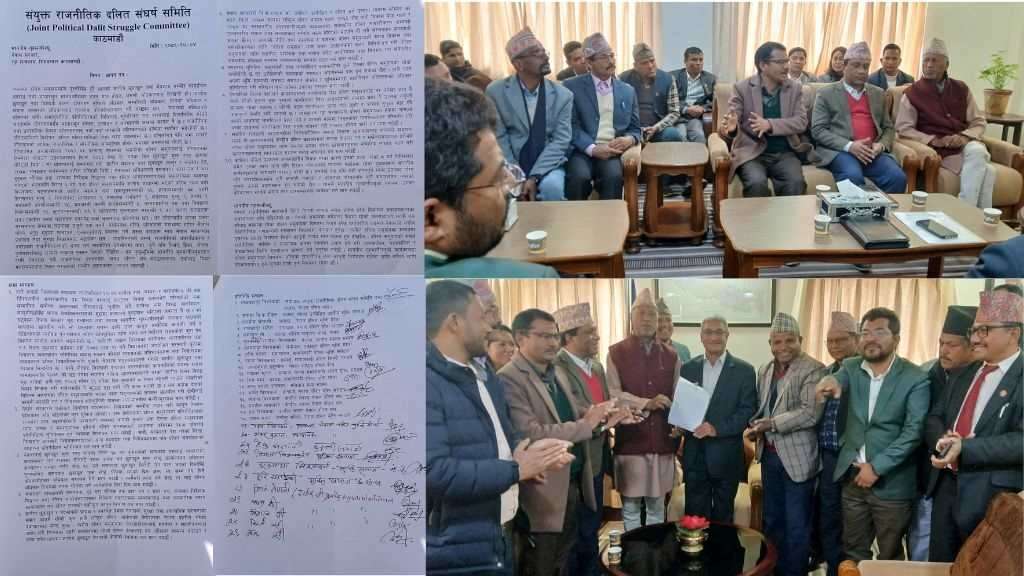
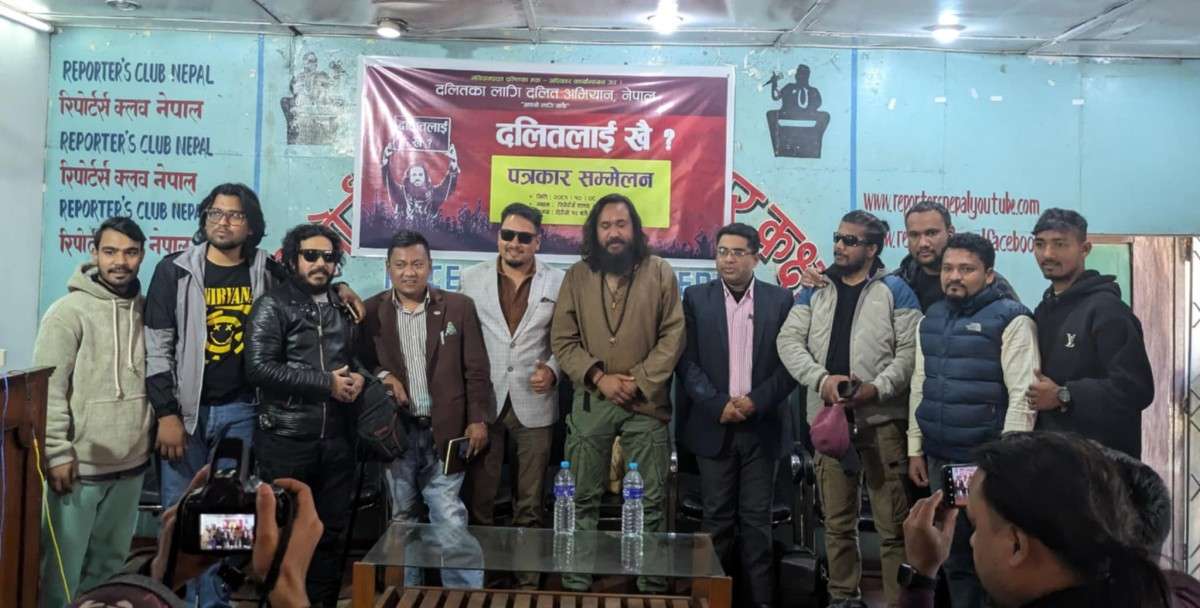
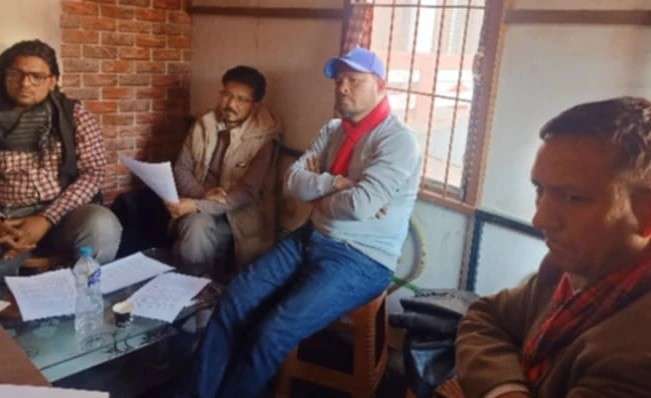
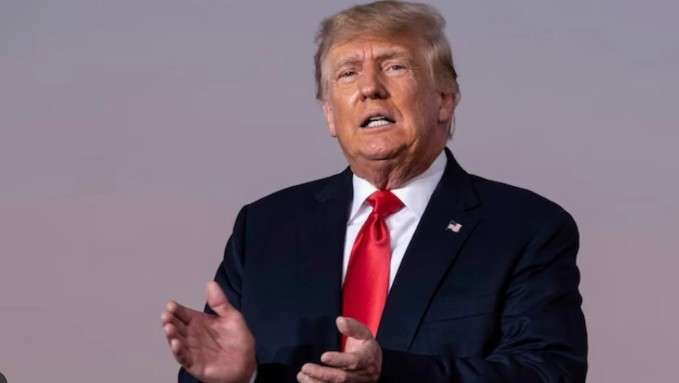
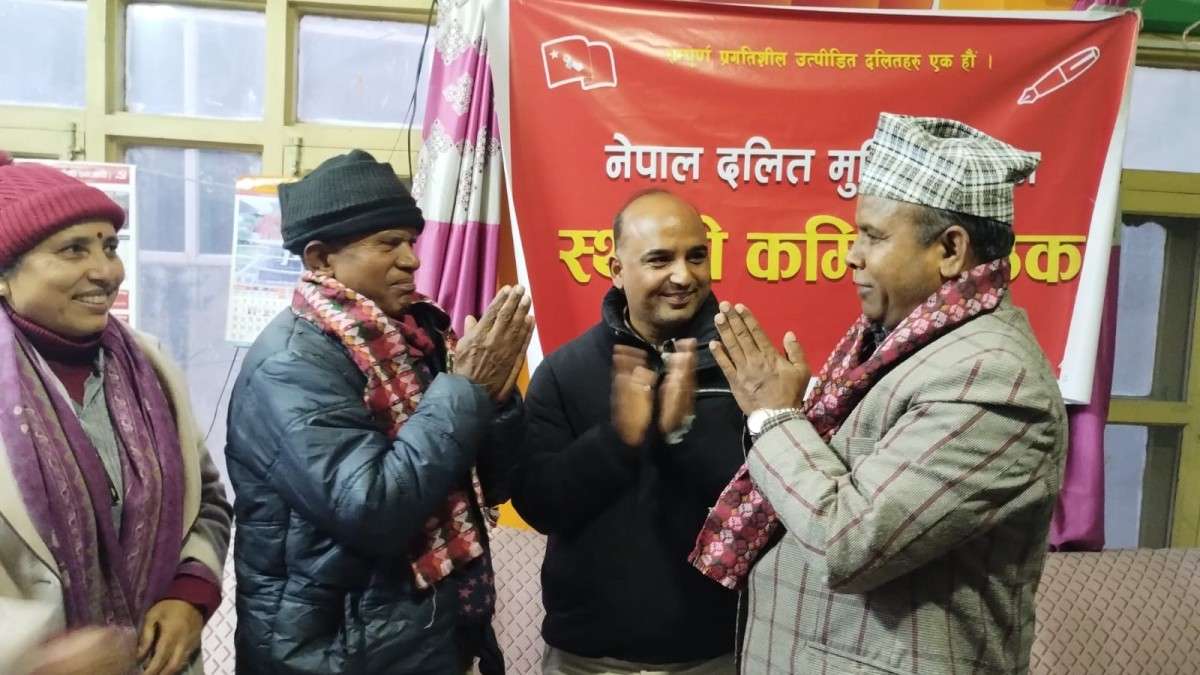
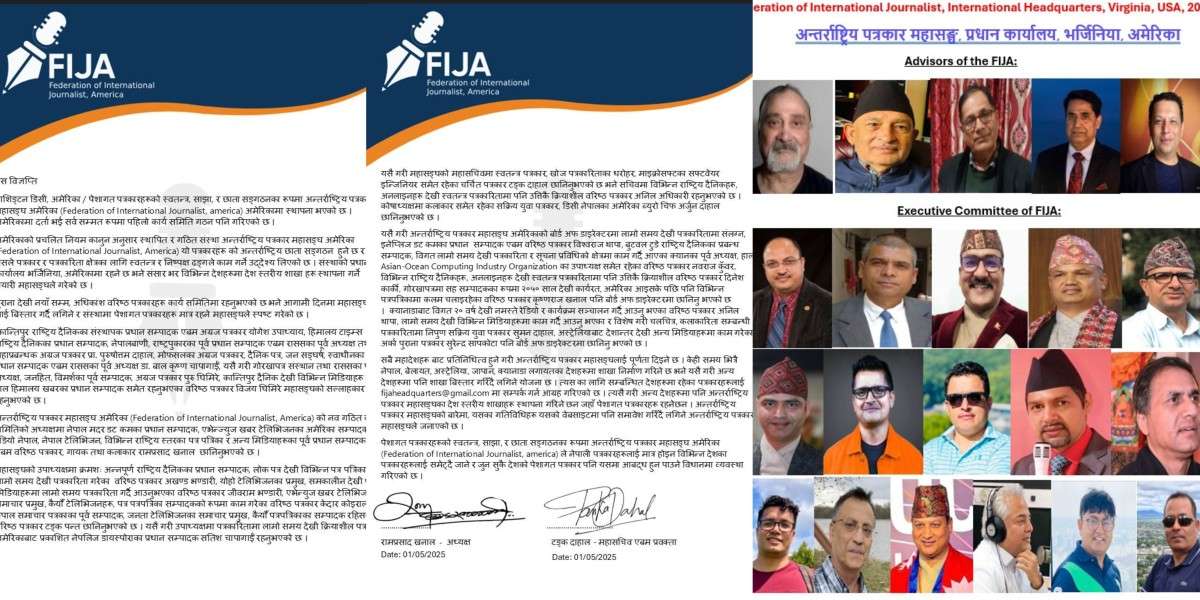


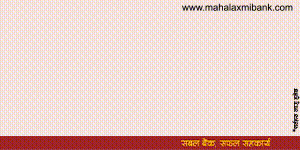
Conversation